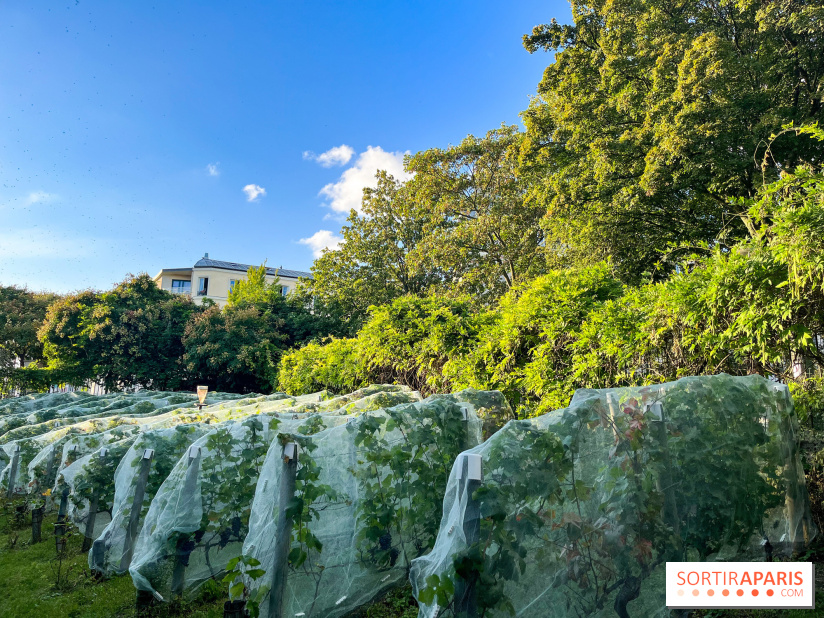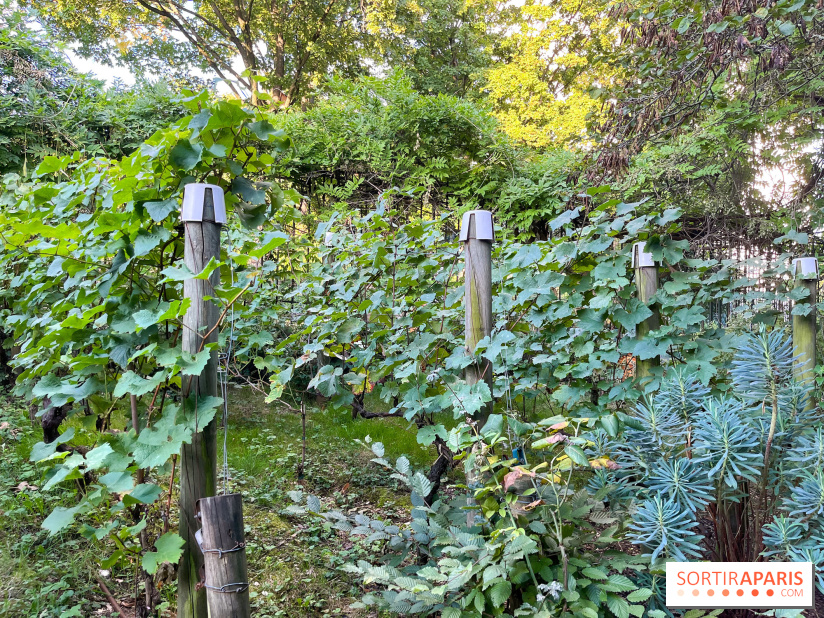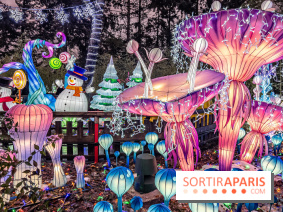Perhaps you're one of those people who didn't know that the city of Paris had several vineyards: and yet, there are five in all, scattered throughout the capital. In the Belleville district, the vines planted when the park was created in 1988 pay tribute above all to the area's major viticultural past , where vines have been cultivated day after day since Carolingian times.
The history of the Belleville hill is closely linked to wine, since as early as the Carolingian era, there are references to vineyards on the plateau of the former Belleville, then called Savies. At that time, it was still the monks of the Savies farm (probably located on today's Parc de Belleville) who cultivated the vines. In fact, the terms"guinguette" and"piquette" are derived from the Belleville vineyards. Guinguette comes from Guinguet, a wine drunk at the end of the day to quench one's thirst after a day's work, and piquette was not necessarily a bad wine, but rather a sparkling one.
Like all other Parisian towns, Belleville's vineyards gradually disappeared from the capital's landscape in the 19th century, with the extensive urban planning that was undertaken in the major cities. So, one year after the creation of Belleville Park, in 1989, it was decided that a plot of vines would be planted. Comprising 27 Chardonnay vines and 160 Pinot Meuniers, the Belleville vineyard produced its very first harvest in 1993, and since then, numerous harvests have been organized. In 2011, the wine from the vines in Belleville Park even won the Prix du Vin, coming in 3rd place as the best wine in Île-de-France, according to the Mairie de Paris.
If you're visiting Parc de Belleville for a stroll, be sure to take a look at the Belleville vines, especially as the harvest approaches in September and October!























